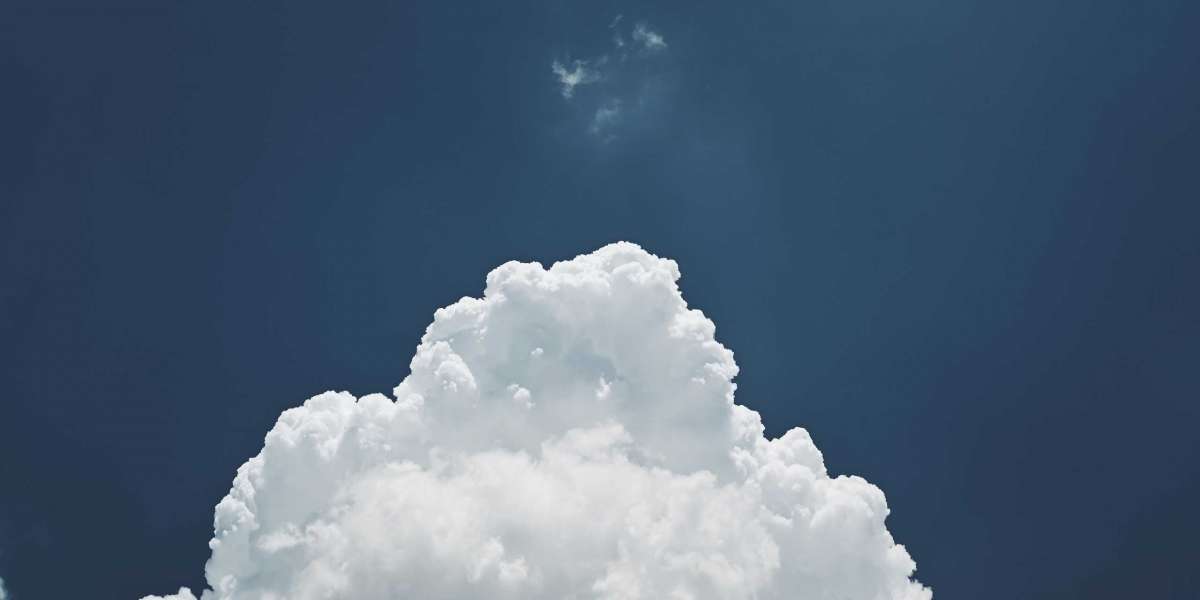Coffee culture has undergone a remarkable transformation over the centuries, evolving from ancient rituals to the vibrant café scenes we see today. This journey reflects not only the changing tastes of consumers but also the social and economic dynamics that shape our world. Understanding this evolution is essential for appreciating the rich tapestry of Coffee Culture that exists today.
Historical Roots of Coffee Culture
The origins of coffee can be traced back to the ancient coffee forests of Ethiopia, where legend has it that a goat herder named Kaldi discovered the energizing effects of coffee beans. This discovery led to the establishment of coffee as a beverage in the Arab world during the 15th century. Coffee houses, known as qahveh khaneh, began to emerge in Persia, becoming centers for social interaction, intellectual exchange, and cultural development.
The Rise of Coffee Houses
As coffee spread across the globe, particularly to Europe in the 17th century, it transformed into a symbol of socialization and enlightenment. Coffee houses became known as "penny universities," where patrons could engage in discussions about politics, philosophy, and art for the price of a cup of coffee. This phenomenon highlights how Coffee Culture served as a catalyst for social change and intellectual discourse.
- In England, coffee houses were frequented by writers and thinkers, including Jonathan Swift and Samuel Johnson.
- In France, they became hubs for revolutionaries and artists, influencing the French Revolution.
- In the United States, coffee houses played a significant role in the Beat Generation and the counterculture of the 1960s.
Modern Coffee Culture: A Global Phenomenon
Today, Coffee Culture has reached unprecedented heights, with specialty coffee shops and artisanal roasters sprouting up in cities worldwide. The modern consumer is not just looking for a caffeine fix; they seek an experience. This shift has led to the rise of third-wave coffee, which emphasizes quality, sustainability, and the unique flavors of different coffee beans.
Key Elements of Contemporary Coffee Culture
- Artisan Craftsmanship: Baristas are now seen as skilled artisans, mastering the art of brewing and latte art.
- Sustainability: There is a growing emphasis on ethically sourced beans and environmentally friendly practices.
- Community Spaces: Cafés serve as community hubs, fostering connections among diverse groups of people.
The Future of Coffee Culture
As we look to the future, the Coffee Culture landscape will continue to evolve. Innovations in brewing technology, the rise of remote work, and changing consumer preferences will shape how we experience coffee. Will we see a return to traditional coffee rituals, or will modern conveniences dominate? Only time will tell.
In conclusion, the journey of coffee from ancient rituals to modern cafés illustrates its profound impact on society. Whether you are a casual drinker or a coffee aficionado, understanding this evolution enriches your appreciation for every cup. For those interested in exploring unique coffee experiences, consider visiting .








